Garbatella: Rome’s Garden City
Even the name is magical: Garbatella, meaning somewhat like “the little graceful lady”. Apparently, it refers to Carlotta, the young and beautiful daughter of a local inn-keeper who lived nearby.
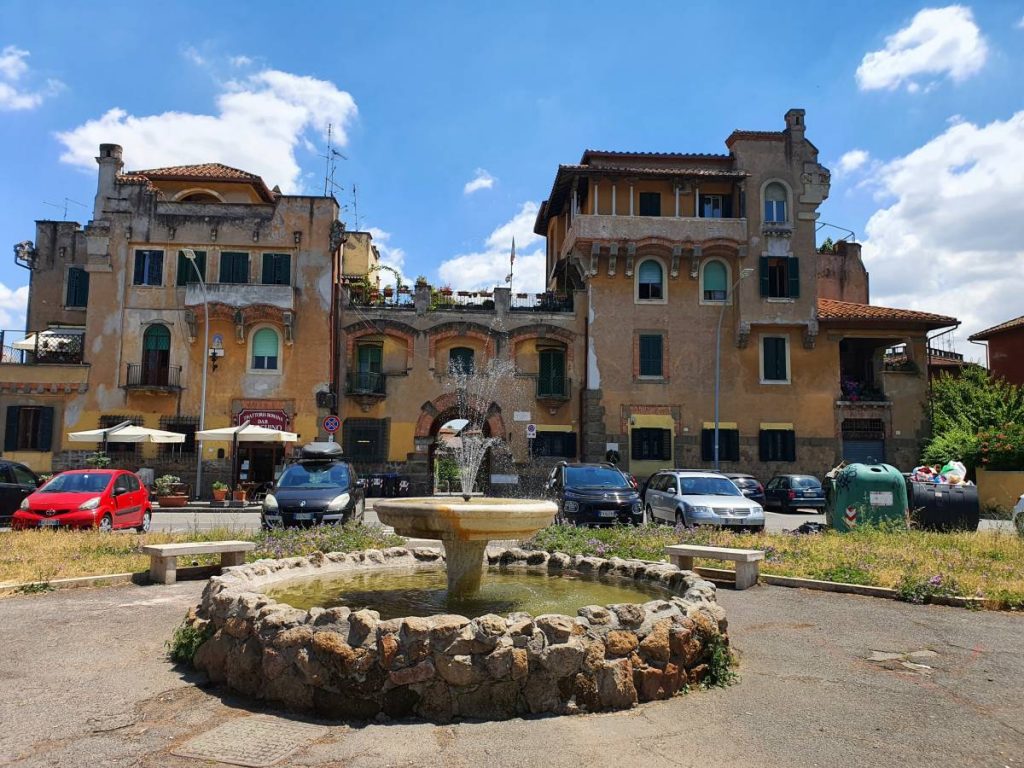
The neighborhood was planned as a housing project for the factory workers of what was meant to become Rome’s industrial district alongside the Via Ostiense, on the banks of the river Tiber. The ambitious idea of providing Rome with an industrial hub was soon abandoned, but this pretty, and very special neighborhood was started in 1920, and became one of Rome’s most authentic areas.
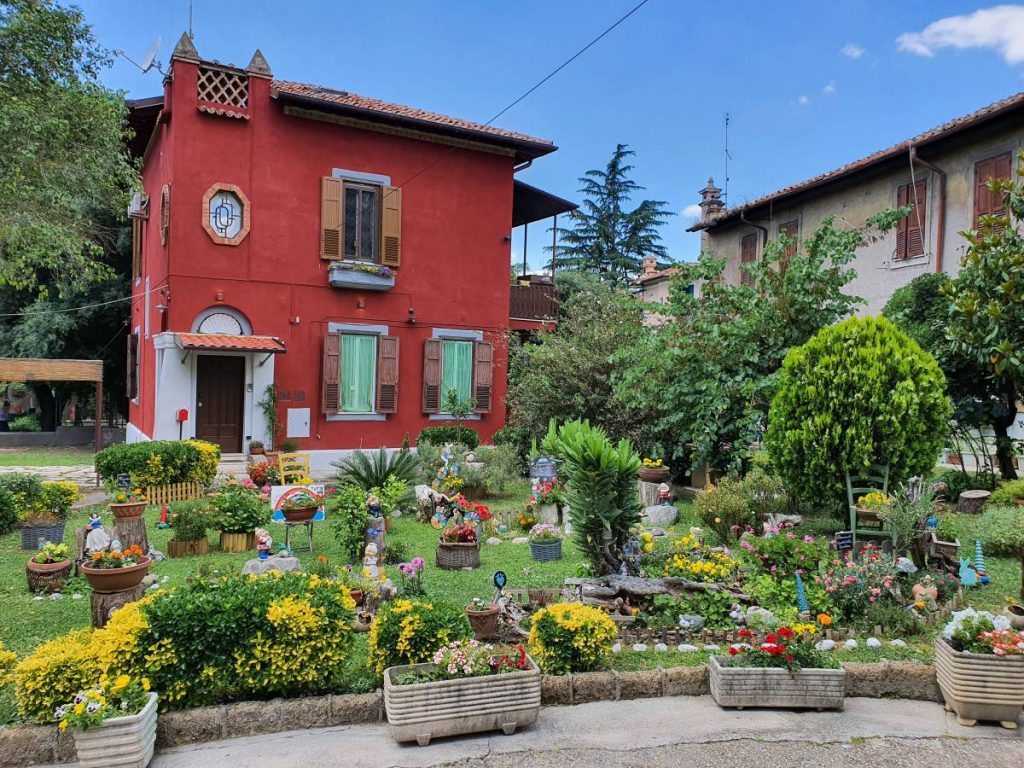
The idea behind it was to provide low-income workers with decent housing, granting each family a little plot of land they could tend to as a vegetable garden, and educating the inhabitants by surrounding them with architecture which was not only functional and economical, but beautiful as well. A stunningly modern and fascinating concept!
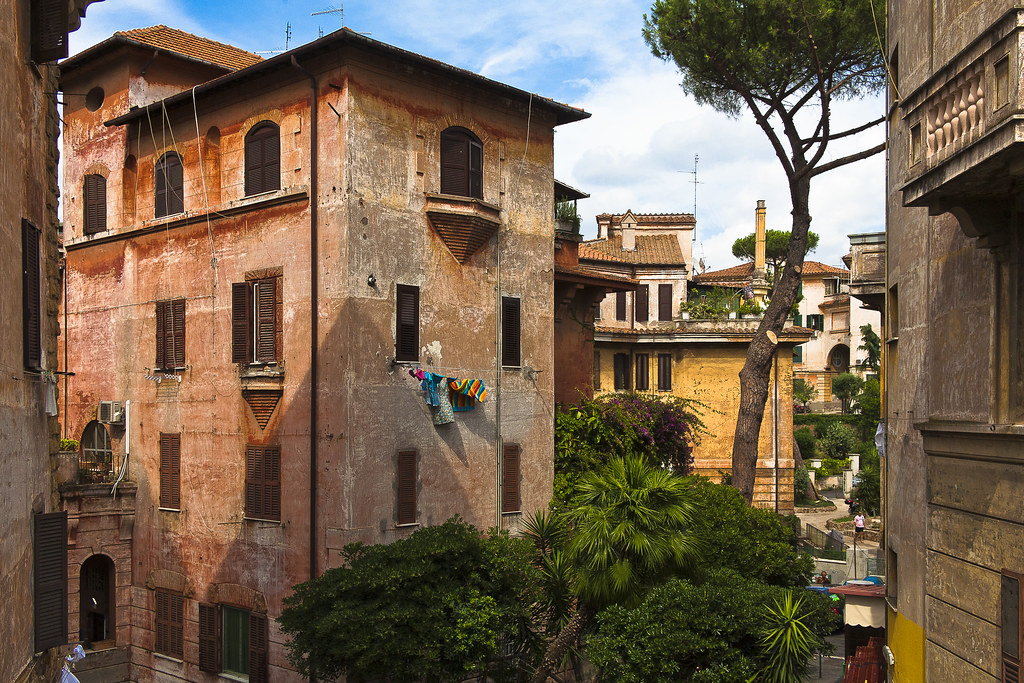
Garbatella is a neighborhood that doesn’t mean to impose on nature: the streets follow the natural incline of the hills, with several romantic stairways connecting the little piazzas. The cottage-style houses usually accomodated 2 families, while the apartment buildings were grouped around large, lush courtyards used by house-wives to hang the washing, by children to play, by sweethearts to meet and by elderly people to gather with their friends for a chat and a game of cards.
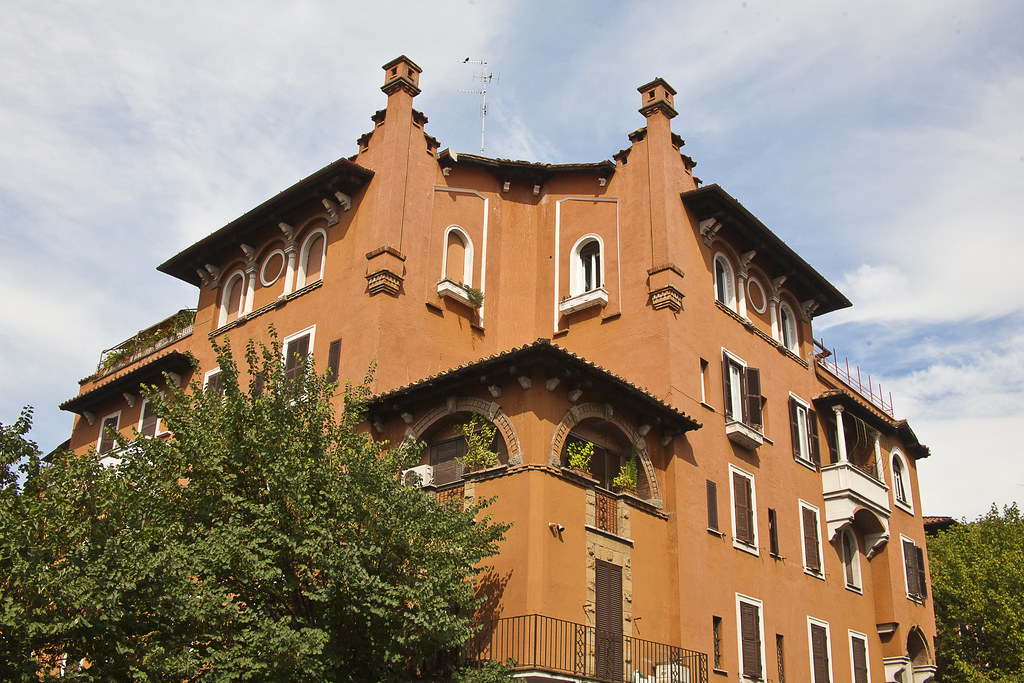
The architects created buildings that are in a class by themselves in the history of Italian architecture: it’s called “Barocchetto Romano”, the minor Roman Baroque, and it is a dreamy, playful style full of unexpected ornaments, carvings, movement, loggias and lilliput balconies, quirky chimneys, mullioned windows. No buildings look the same. Symmetry was deemed boring. Phantasy and creativity prevail.
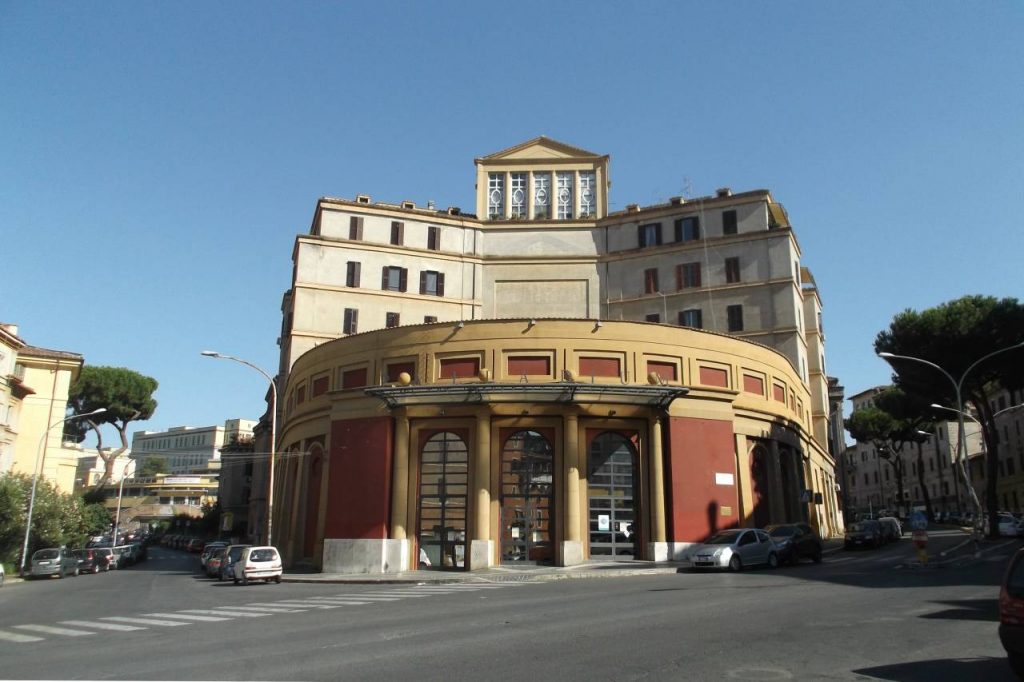
It’s been a short-lived, but interesting experiment in the 1920’s – in the 1930’s it was replaced by Rationalism, a completely different approach to architecture, with symmetry, linearism and simplicity the new key concepts. In Garbatella, we can actually see both approaches and styles co-exhist, creating a unique blend and a testimony to one of the most interesting experiments in urban development to be seen in Rome.
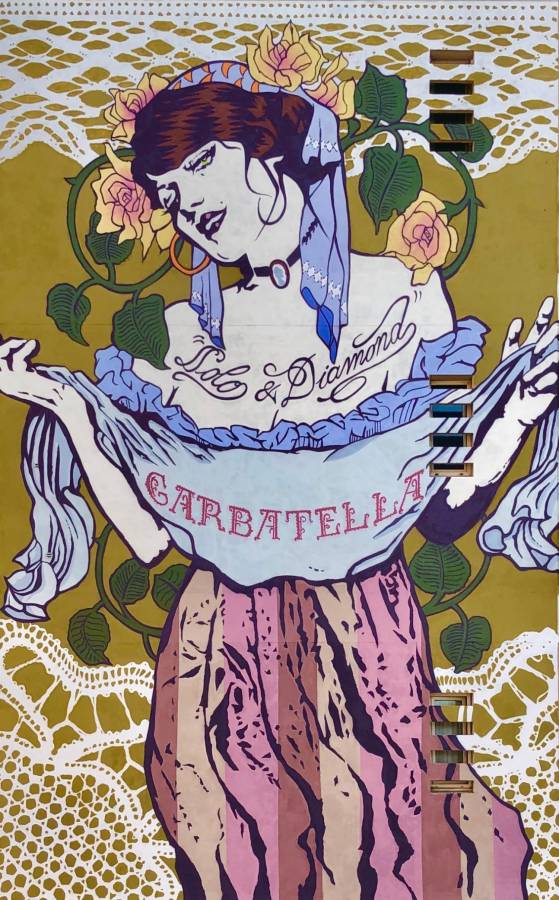
The charming winding streets, the dash of red and purple bouganvilla, the scent of flowers, the little hidden gardens that seem to come out of a fairytale, the tight-knit, good-humoured community that has been living here for generations, the many kittens enjoying the sun in the courtyards will certainly steal your heart!























